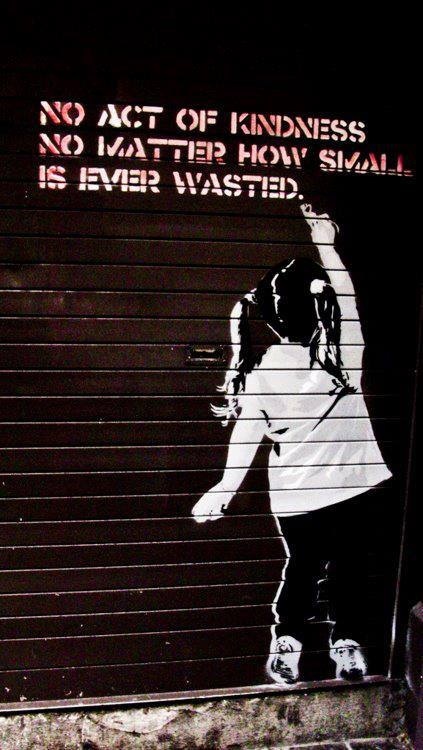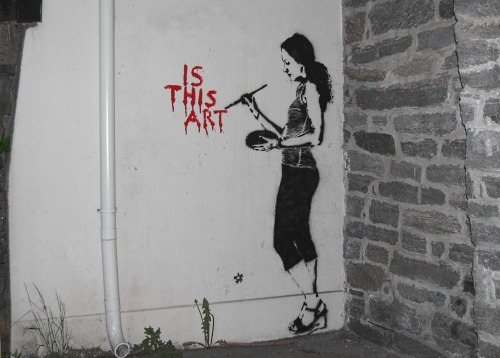When the words come hard and you need a minute of procrastinatory inspiration, interviews with authors you love (or don’t know you love, yet) are a route of re-entry to your own work. Reading or watching or listening about writing feels like something constructive while you’re behaving less like a creator, and more like a nonproductive lump, staring slack-eyed at the computer. And for avid readers, interviews offer a look into an author’s head, a “Behind the Music” for wordmongers. The humans creating your favorite books are (you hope!) as fascinating as the books themselves, and the interviews, like literary works, are timeless.
The Paris Review is my top-of-the-heap inspiration source, for their series of author interviews dating back to the ‘50s. (The price of a subscription allows access to the periodical’s entire online archive. Seriously. Everything.)
There's a video series, too, on authors’ “My First Time.” Sheila Heti speaks here about her first story collection, The Middle Stories. Subscribe for free to the video series.
Here’s the playlist so far:
My First Time Video Series.
Through a stroke of required-reading luck, I’ve been enjoying the work of Cate Kennedy this week. Along with her stories, the Net is graced with Cate’s interviews, both text-based and on video. Indulge yourself:
“Unbraiding the Short Story with Cate Kennedy,” at World Literature Today: “If I had to sum up in one word what ‘the human condition’ is, I’d say that word is ‘ouch.’ … Human fallibility seems to be a preoccupation I return to over and over again. What people do when they’re behind the eight ball or floundering with a hit that’s come out of left field. Not so much what they think or say: what they actually do.”
In a Griffith Review piece, Cate reveals: “…one of the powerful things about writing from ordinary life is the elements you select from it are immediately recognisable to people. So you can hide things in plain sight, in a way, or subvert expectation.” (Here’s the story referenced in the interview, “A Glimpse of Paradise.”)
Last in this Cate Kennedy-obsessed list (there are many more online), an in-depth live video interview: “At this Sydney Writer’ Festival session, award-winning writer Cate Kennedy speaks to publisher Hilary McPhee about her highly regarded debut novel, The World Beneath.” Go watch it here.
Google any author, and you’ll find a wide-ranging selection of windows into nuns or other inhabitants of their head. And as long as I’m in this video rabbit hole, join me. Here’s the entrance to burrow into another favorite brain: search for George Saunders interview on Youtube…
Look! It's George Saunders and Stephen Colbert, “George Saunders has a Nun in His Head.”
Dig into the craft-mind of Missoula author, Melissa Stephenson, in Michael Noll’s interview series “Read to Write Stories.” Michael’s blog (with a book coming soon) “features weekly writing exercises based on a story, novel excerpt, or essay that has been published or made available online.” The list of authors Noll interviews is a mile-long scroll of goodness. Have a look here.
Prefer to simply listen? Start with Sarah Vap and Rachel Zucker, at Zucker’s Commonplace: Conversations with Poets (and Other People).
Not to be left out, CutBank interview excitement is on the horizon, too!
We’ve got our own interview feature coming early next week, as Jason Bacaj brings us a conversation with William Finnegan. Finnegan is a UM alumnus, New Yorker staff writer, and winner of the 2016 Pulitzer Prize for his memoir, Barbarian Days: A Surfing Life. And of course, you can find videos to get you warmed up for Jason’s interview. If you're in Missoula, Finnegan will be giving at craft lecture October 13. See the Facebook event listing for details.
Okay, one more from Cate Kennedy, at WritingtheWild.net: On the act of writing the early drafts, getting the first rush on paper vs ‘crafting’ later on: “Getting into a ‘generative’ state of mind, though, is harder – it’s a brainwave state, pretty much, rather than a learned expertise – like daydreaming. The less analysis and second-guessing involved in this state, the better.”
To wrap this Burn Pile up tight, enjoy A Giant Dog falling into another kind of rabbit hole… Here’s “Roller Coaster,” from their fourth album, Toy. Something of a visual interview with a twist: AGD’s Sabrina Ellis and Andrew Cashen adventure through a day in Disneyland, while, ahem, in a mindspace reminiscent of (Go Ask) Alice … in Wonderland? Read the article here, or click play on the wide-eyed video trip.
Thanks for the reminder, Karma.





